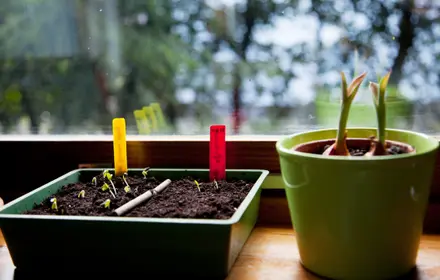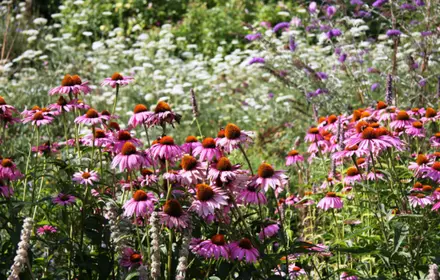Seed Starting Indoors

As winter fades and spring approaches, many gardeners are eager to get a head start on the growing season. One of the best ways to ensure strong, early crops is by starting seeds indoors. Using grow lights and seed trays, you can nurture young plants and give them a solid foundation before transplanting them into your garden.
Why Start Seeds Indoors?
Starting seeds indoors offers several advantages, including:
- Early harvests: Plants like tomatoes, peppers, and herbs require a long growing season. By starting them indoors, you gain a few extra weeks of growth.
- Healthier plants: Controlling temperature, moisture, and light conditions helps produce stronger seedlings that can better withstand outdoor elements.
- More variety: Seed catalogs offer a greater selection than what you’ll typically find at local garden centres.
Essential Supplies
To start seeds successfully indoors, gather the following supplies:
- Seed trays or containers: These provide an organized space for seedlings to develop.
- Quality seed-starting mix: Lightweight and well-draining, this mix helps delicate roots grow.
- Grow lights: Full-spectrum LED or fluorescent grow lights ensure seedlings receive the necessary light for healthy development.
- Heat mats (optional): Some seeds, like peppers and tomatoes, germinate better with bottom heat.
- Humidity domes (optional): These help retain moisture during the initial germination phase.
Steps to Start Seeds Indoors
- Choose your seeds: Select varieties suited for early indoor starts, such as tomatoes, peppers, eggplants, and herbs.
- Fill trays with seed-starting mix: Lightly moisten the mix before planting.
- Plant seeds at the recommended depth: Check the seed packet for specific instructions.
- Provide consistent moisture: Keep the soil evenly damp but not waterlogged.
- Use grow lights: Position lights a few inches above seedlings and keep them on for 12-16 hours per day.
- Maintain proper temperature: Most seeds germinate best between 18-24°C (65-75°F).
- Thin seedlings as needed: Once sprouts emerge, trim the weakest ones to prevent overcrowding.
- Harden off before transplanting: Gradually expose seedlings to outdoor conditions over a week to prepare them for the garden.
Get Growing This Spring!
Starting seeds indoors is a rewarding way to get a jump-start on your garden. With the right setup and care, your seedlings will thrive, ensuring a productive and healthy growing season. Grab your trays, set up those grow lights, and watch your garden dreams take root!
Happy gardening!



